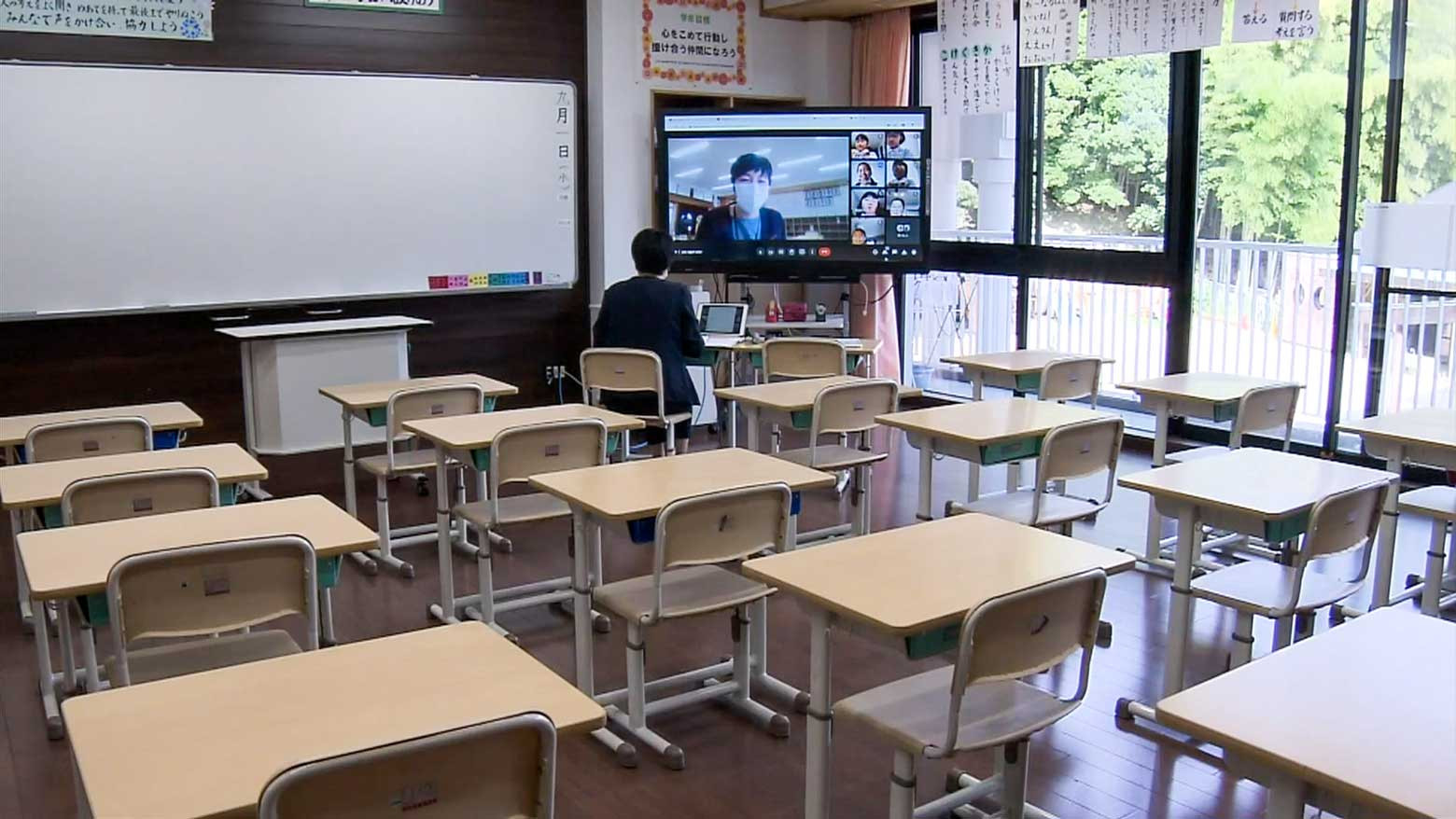When a new term begins at the Nakazato elementary school in Tokyo's Setagaya Ward, the students usually sing the school song. But on Wednesday, they sat and listened to it instead. The principal opted against holding the opening ceremony in the auditorium, staying in her office and streaming it to the classrooms.
At Nakazato and many other schools across Japan, the task at hand is proving a challenging one: They are re-opening even as the capital and 20 other prefectures remain under a state of emergency and infections surge. Some are opting for exclusively online learning; others are staggering their starting hours to limit the number of students when they come to school and make it easier to check their health on arrival. At Nakazato, they have divided the classes into two. One half attends lessons in person, while the other stays home and studies online. Each day, the groups switch places.
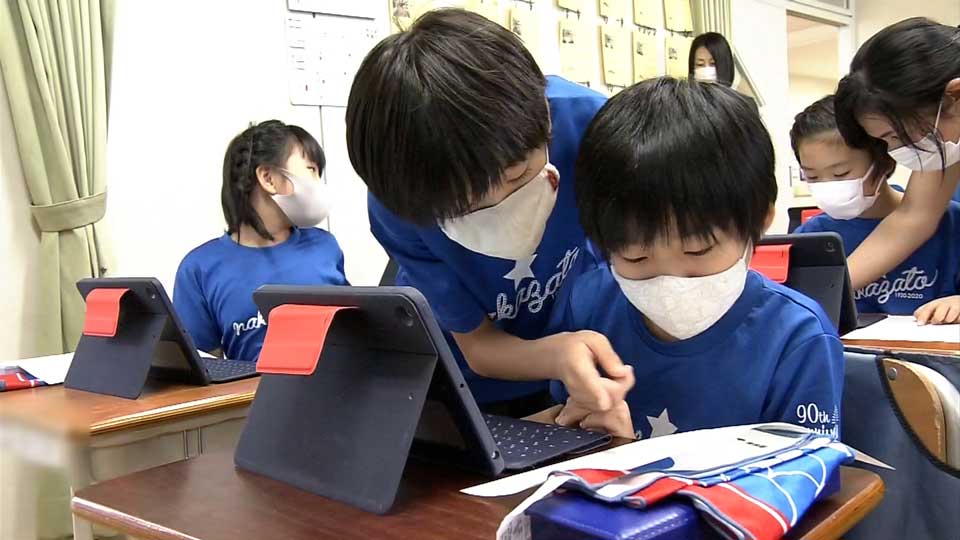
The number of coronavirus cases in Japan since the start of the pandemic recently shot past 1.5 million. More than half a million of those came in August alone.
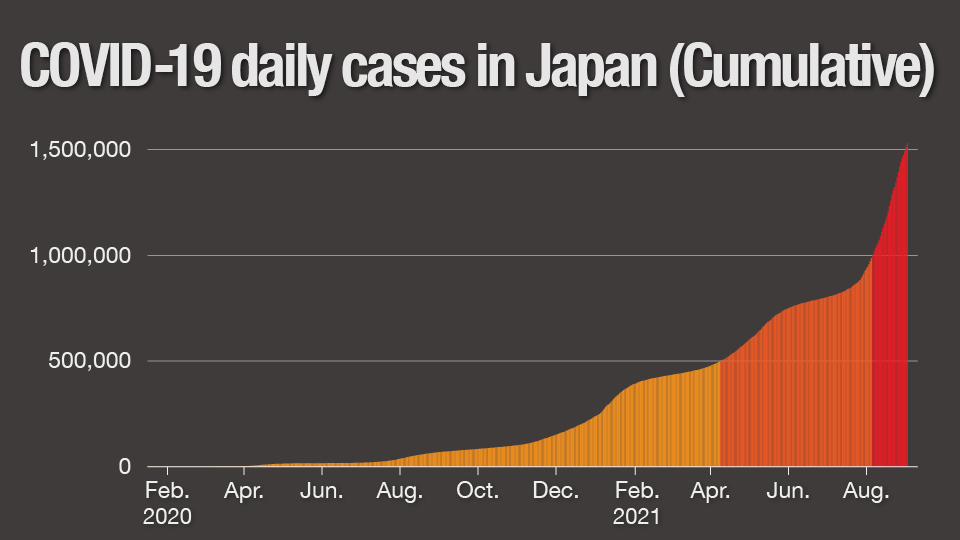
Dr Kasai Masashi of the Hyogo Prefectural Kobe Children's Hospital says infection patterns are changing, too. He says increasingly children are getting infected at school then passing the virus to their parents at home. In the past, he says, it was usually the other way around.
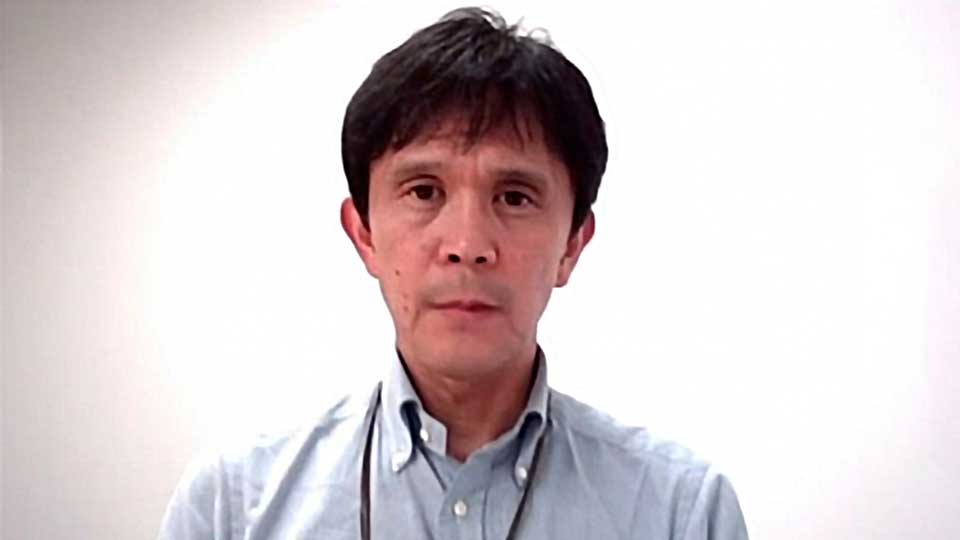
In the week to Tuesday, the number of people under the age of 20 who came down with COVID-19 soared to 30,000. That was about 2.6 times as many as a month earlier. The increase means this age group now accounts for more than 20 percent of all cases.
The government is trying a range of measures to keep schools open. Officials will send about 800,000 coronavirus testing kits to kindergartens, elementary and junior high schools, mainly for use by teachers and staff. They have asked local authorities and universities to help facilitate a speedy vaccine rollout for teachers and staff.
They have also drawn up criteria for deciding when to close a class, send a whole grade home, or temporarily shut an entire school.
Wakita Takaji, who heads a health ministry panel, told reporters that it is important for teachers and staff to follow the guidelines on prevention measures and get vaccinated if possible.
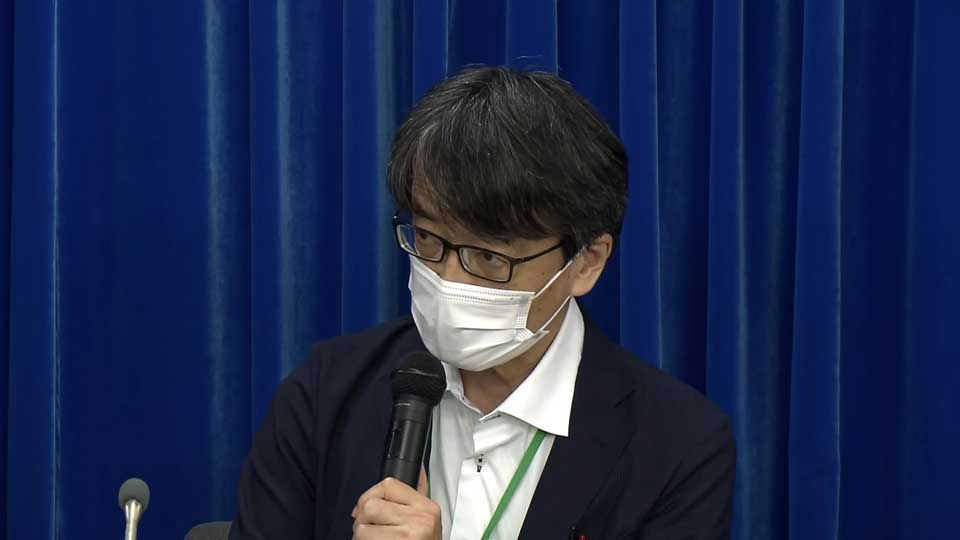
He says it is still unlikely that children will become the main vector of COVID-19, as they are for influenza, but he notes that there were many reports of infections in cram schools and student clubs over the summer. "The risk of infections is higher for children than it has been in the past," he says. "So, we need to be more vigilant."
